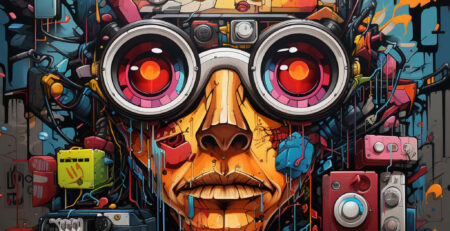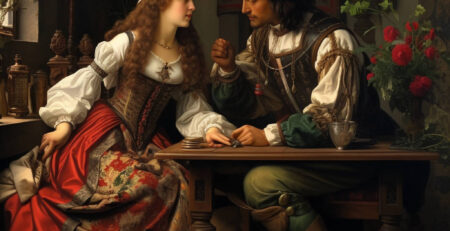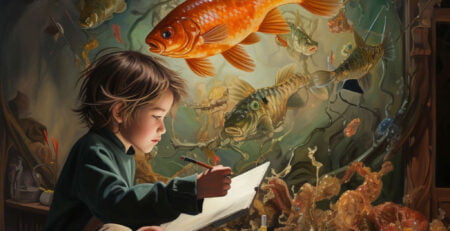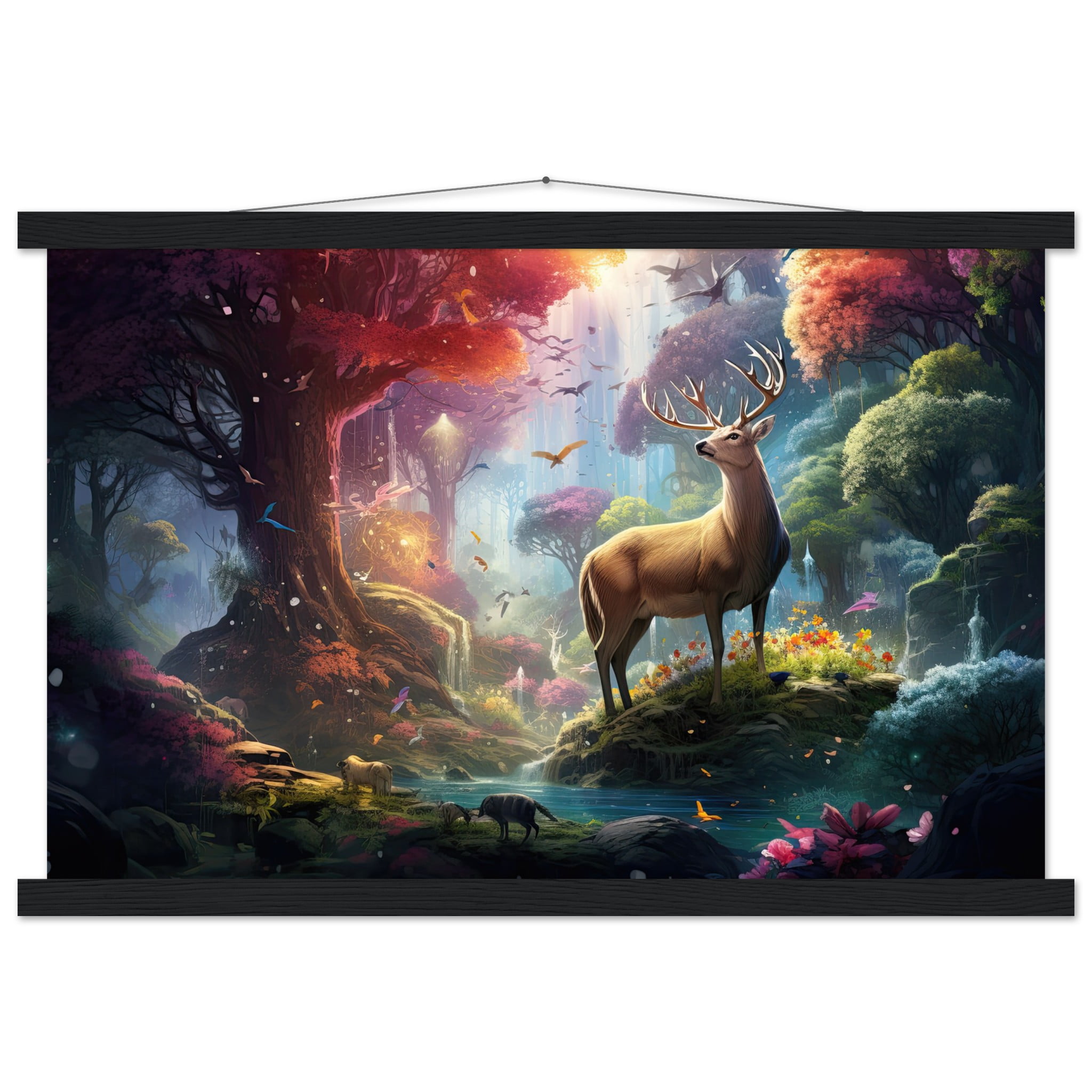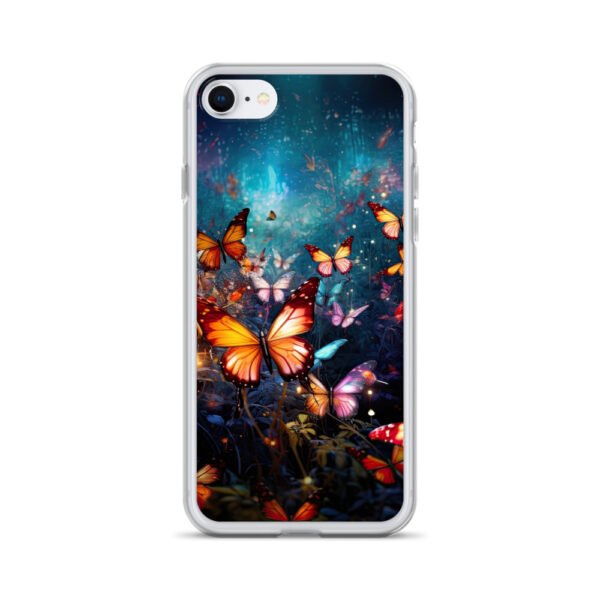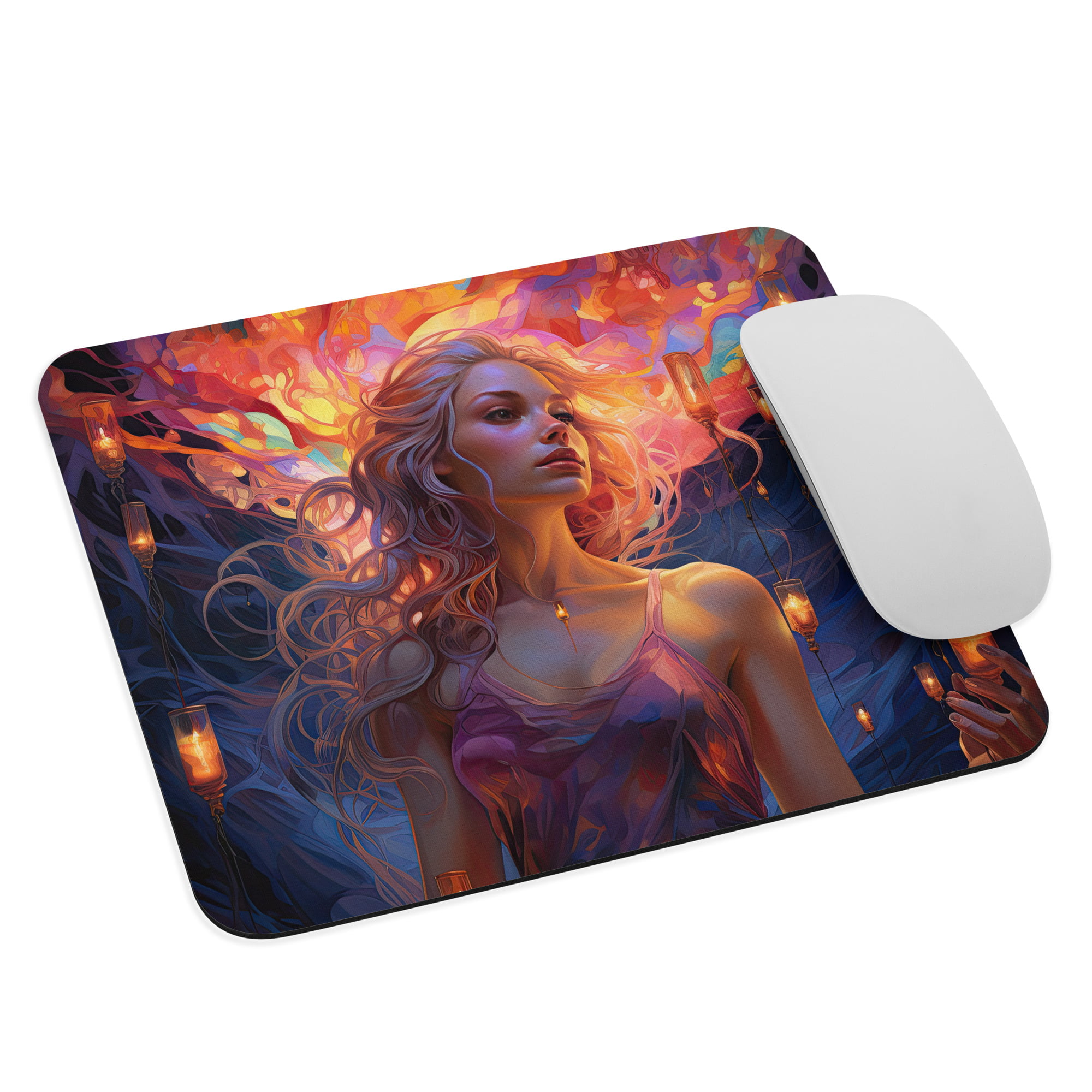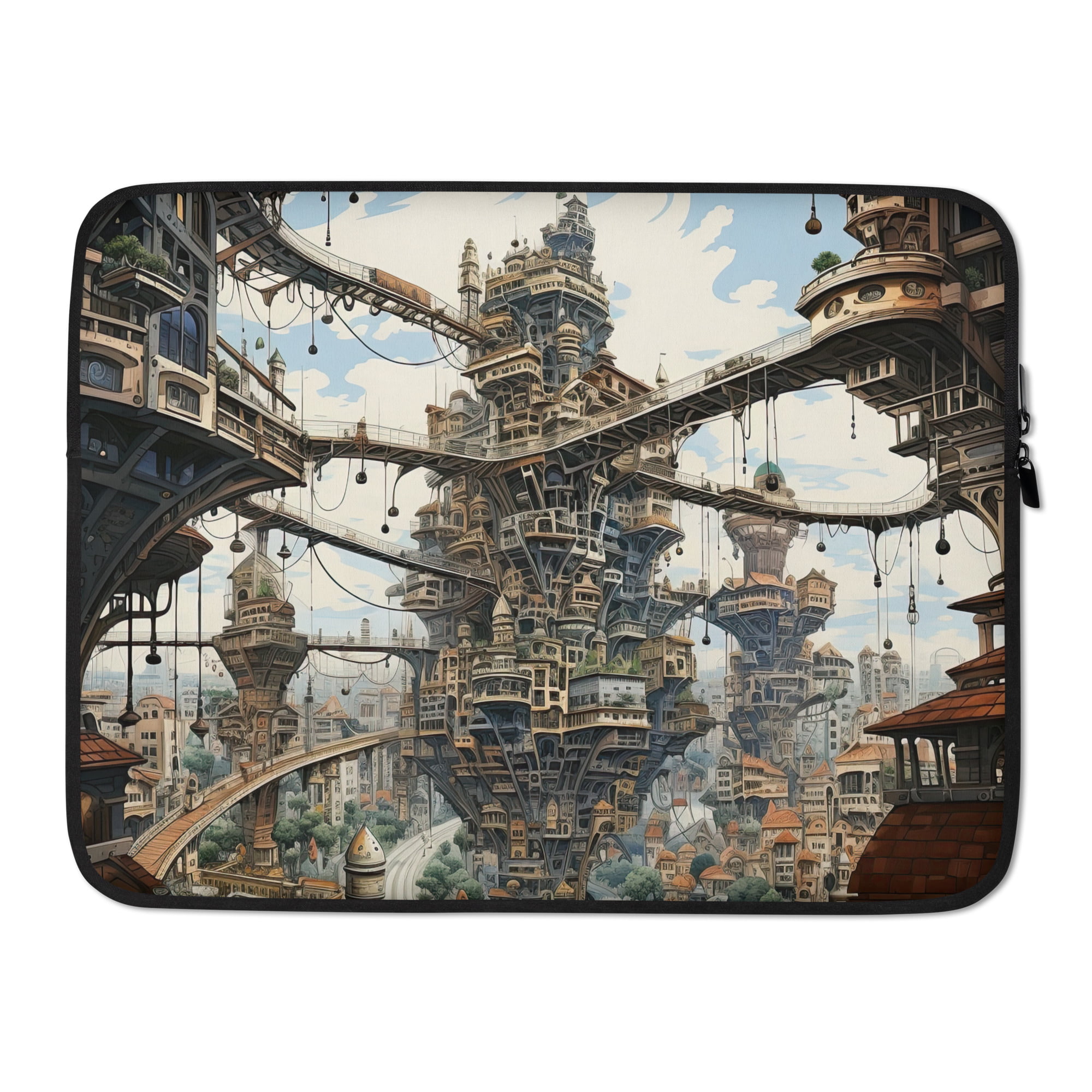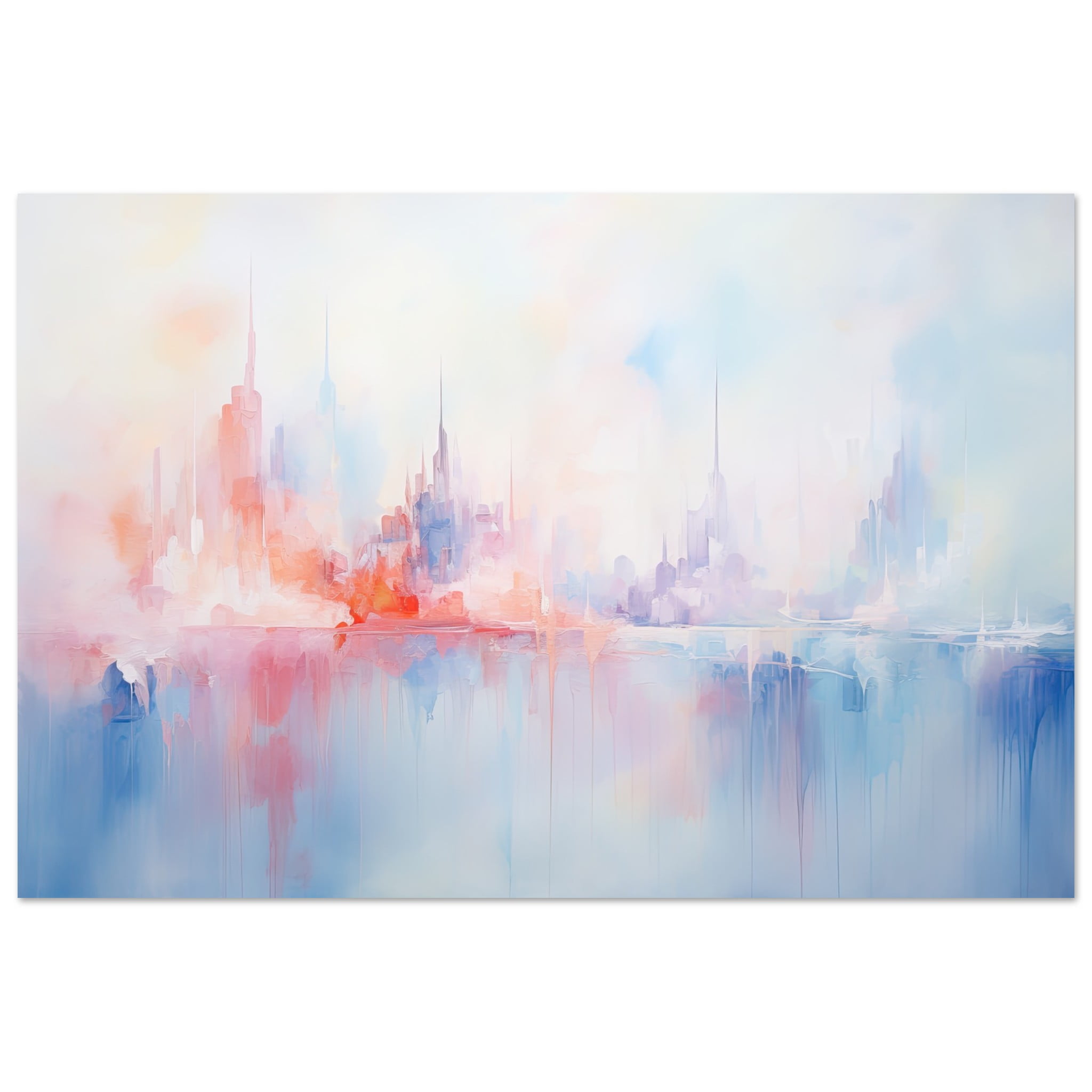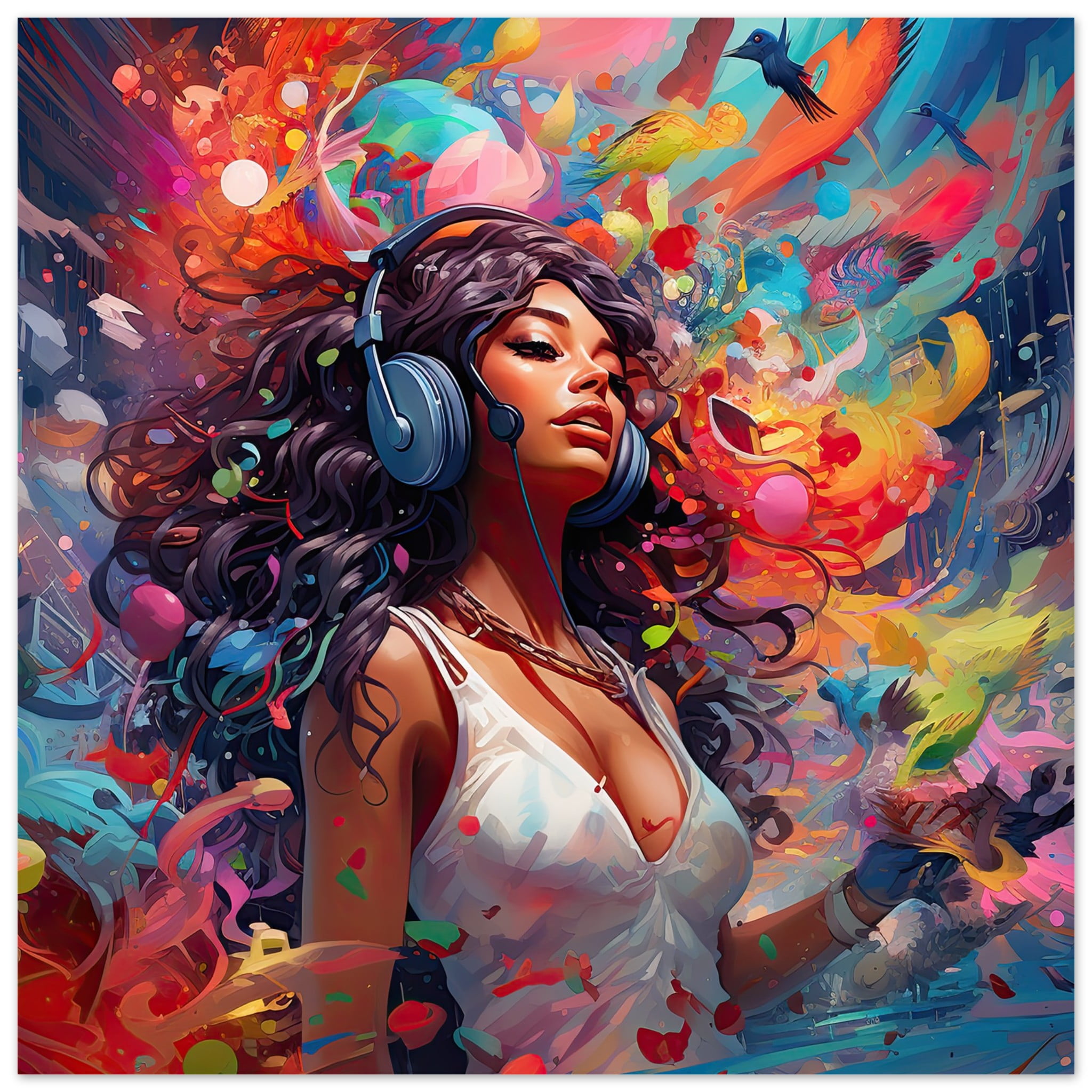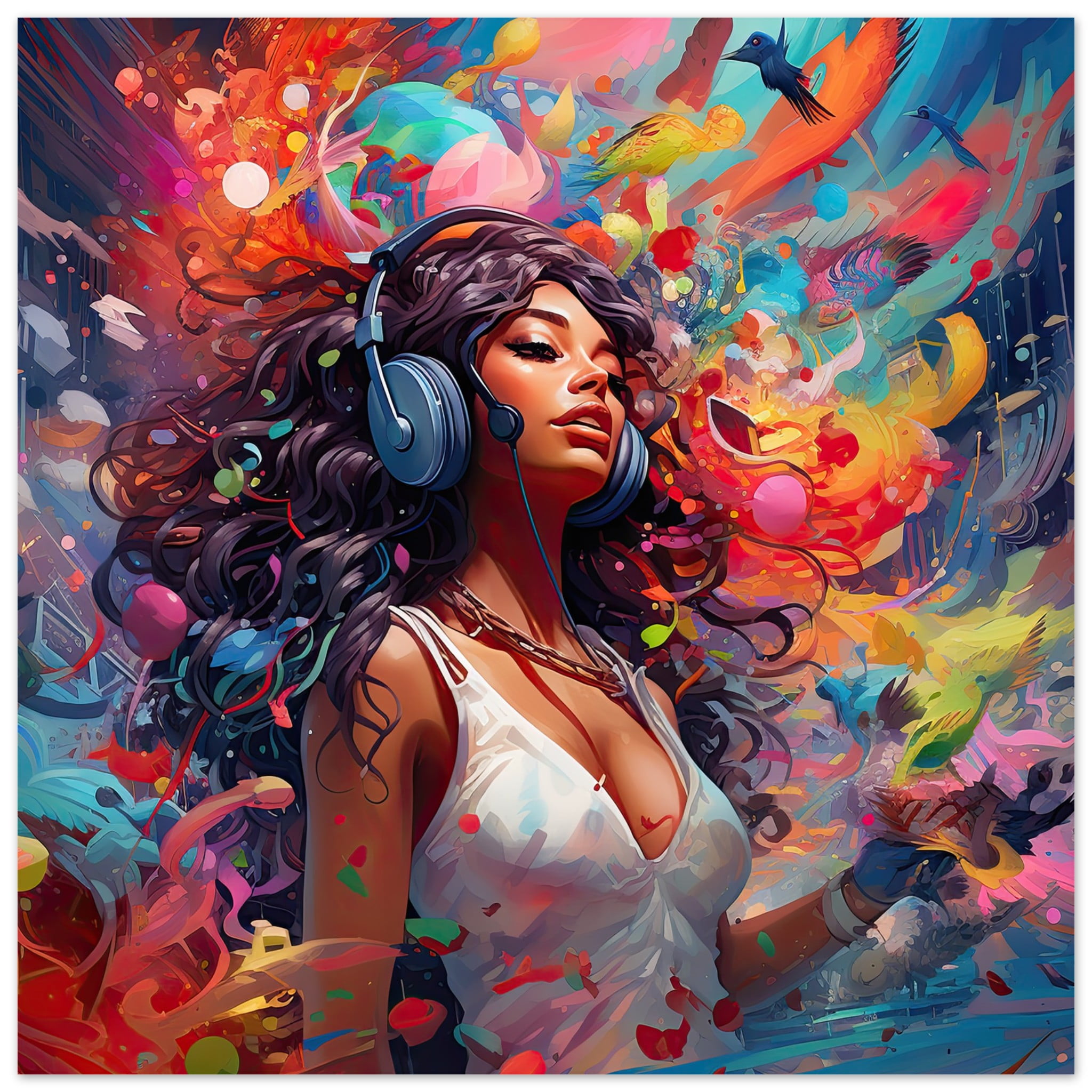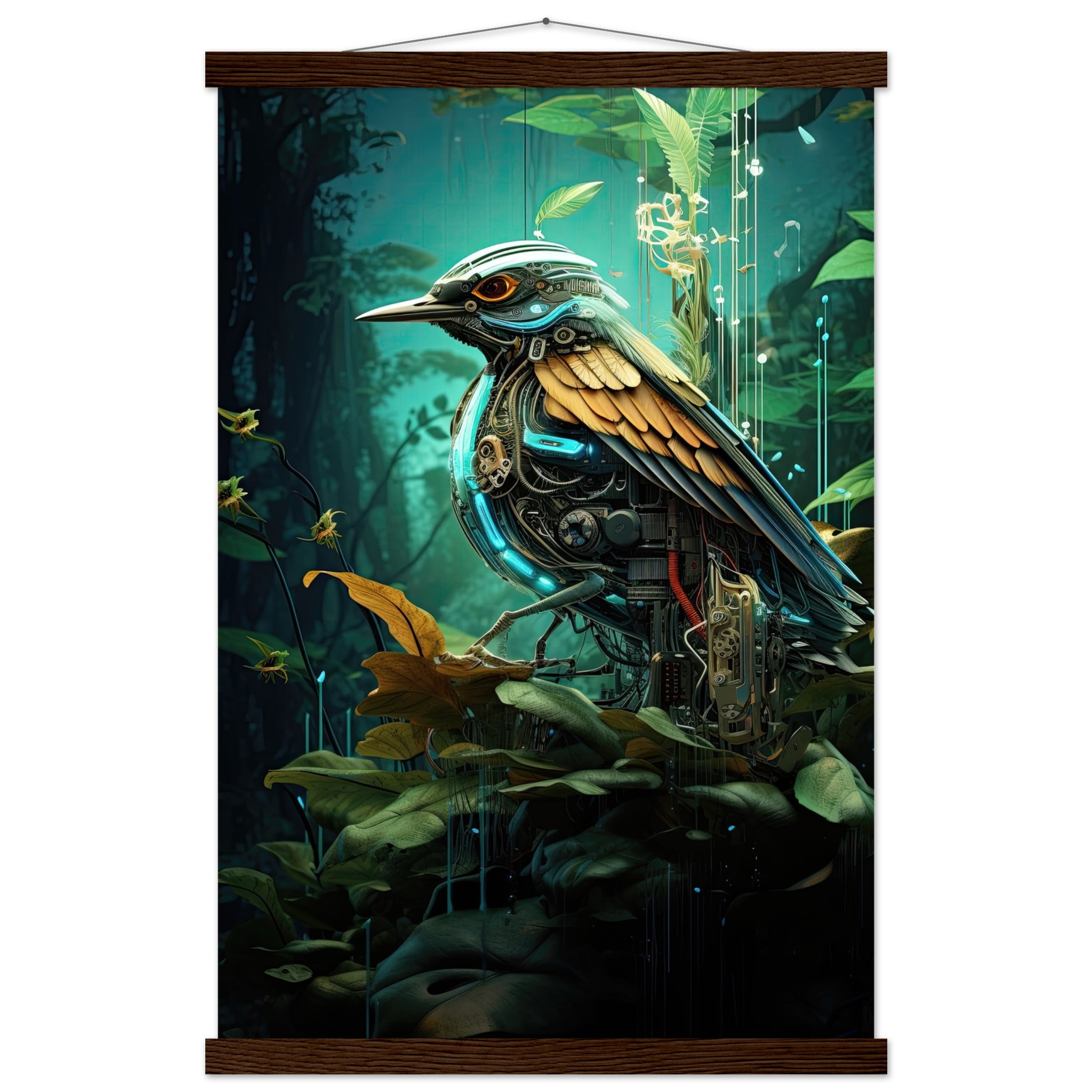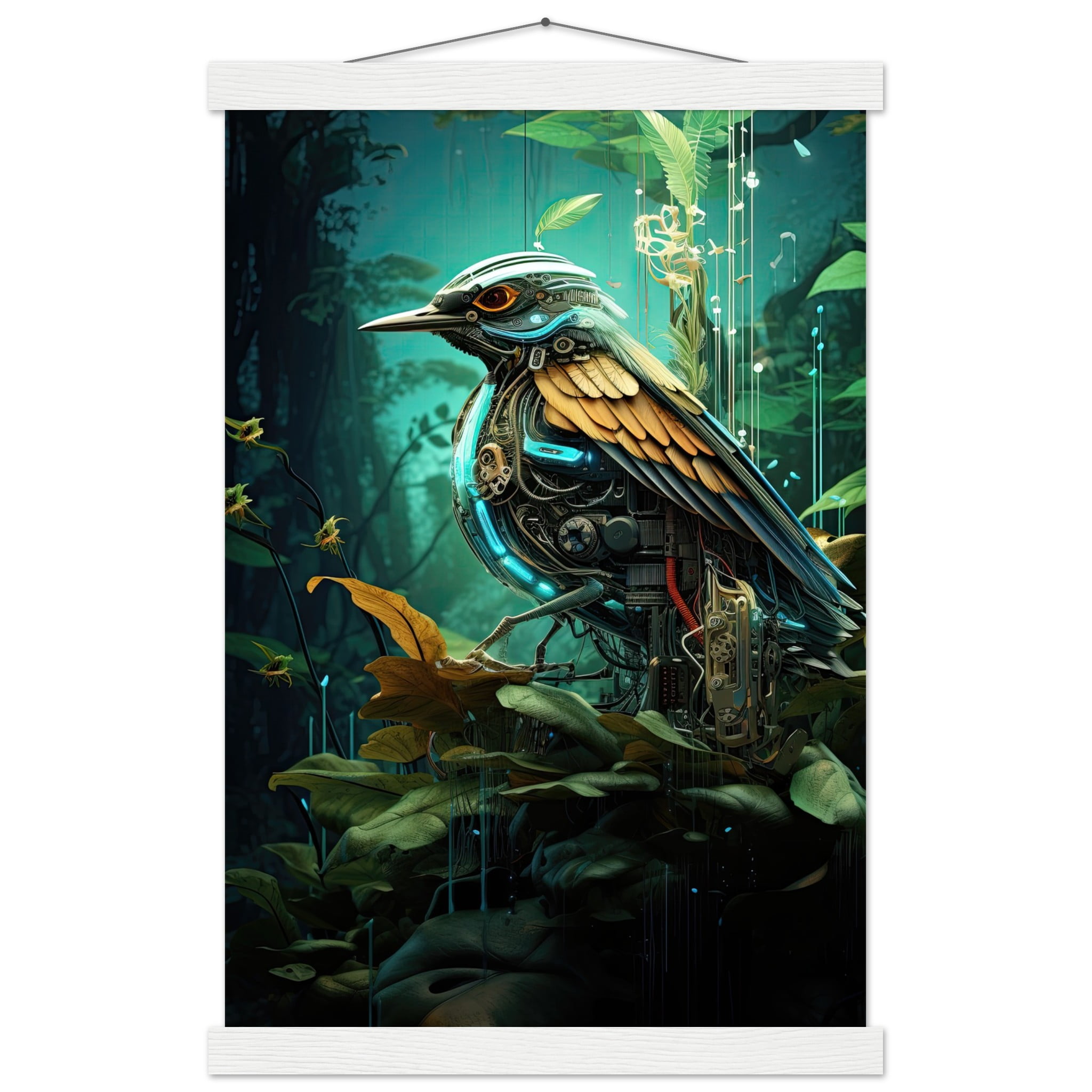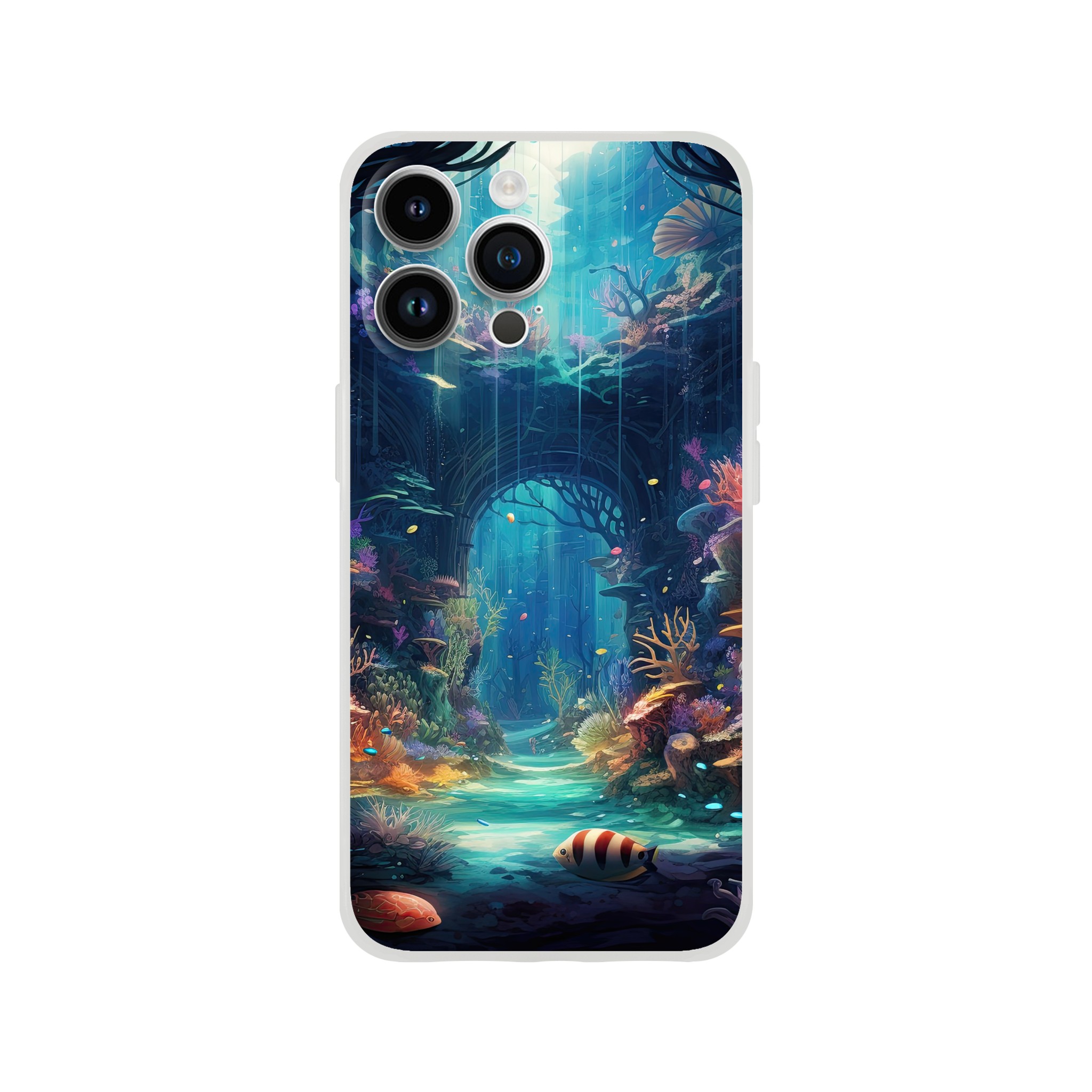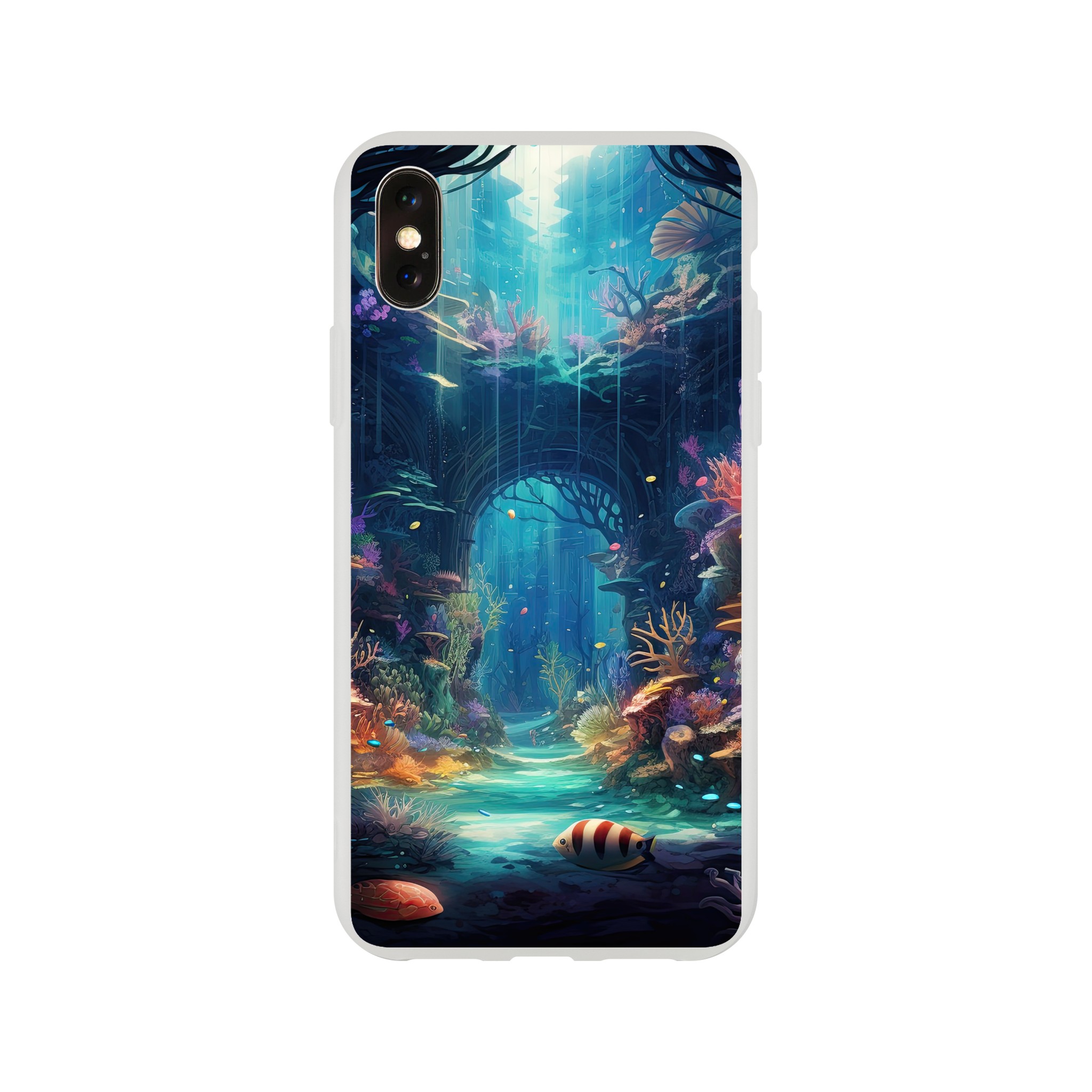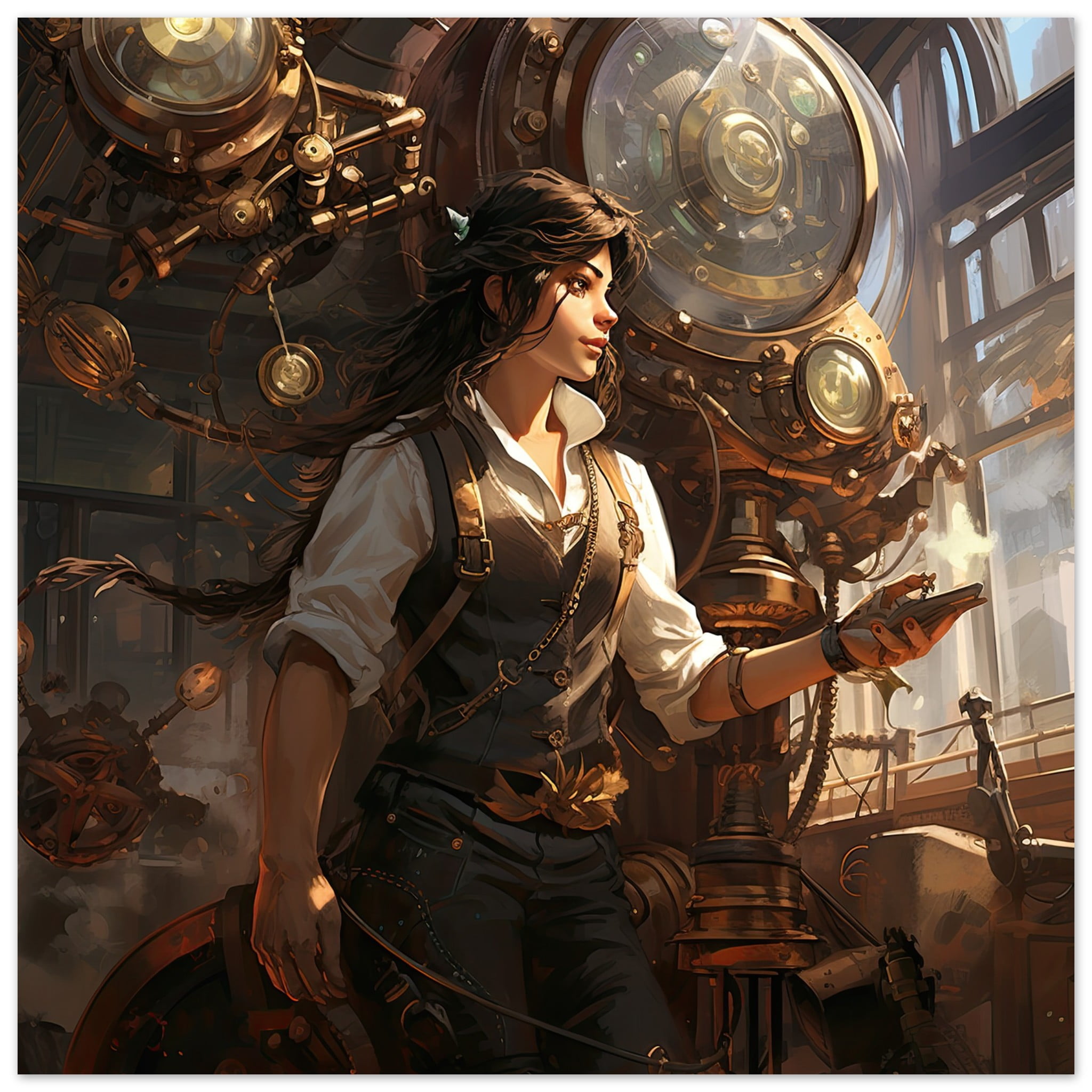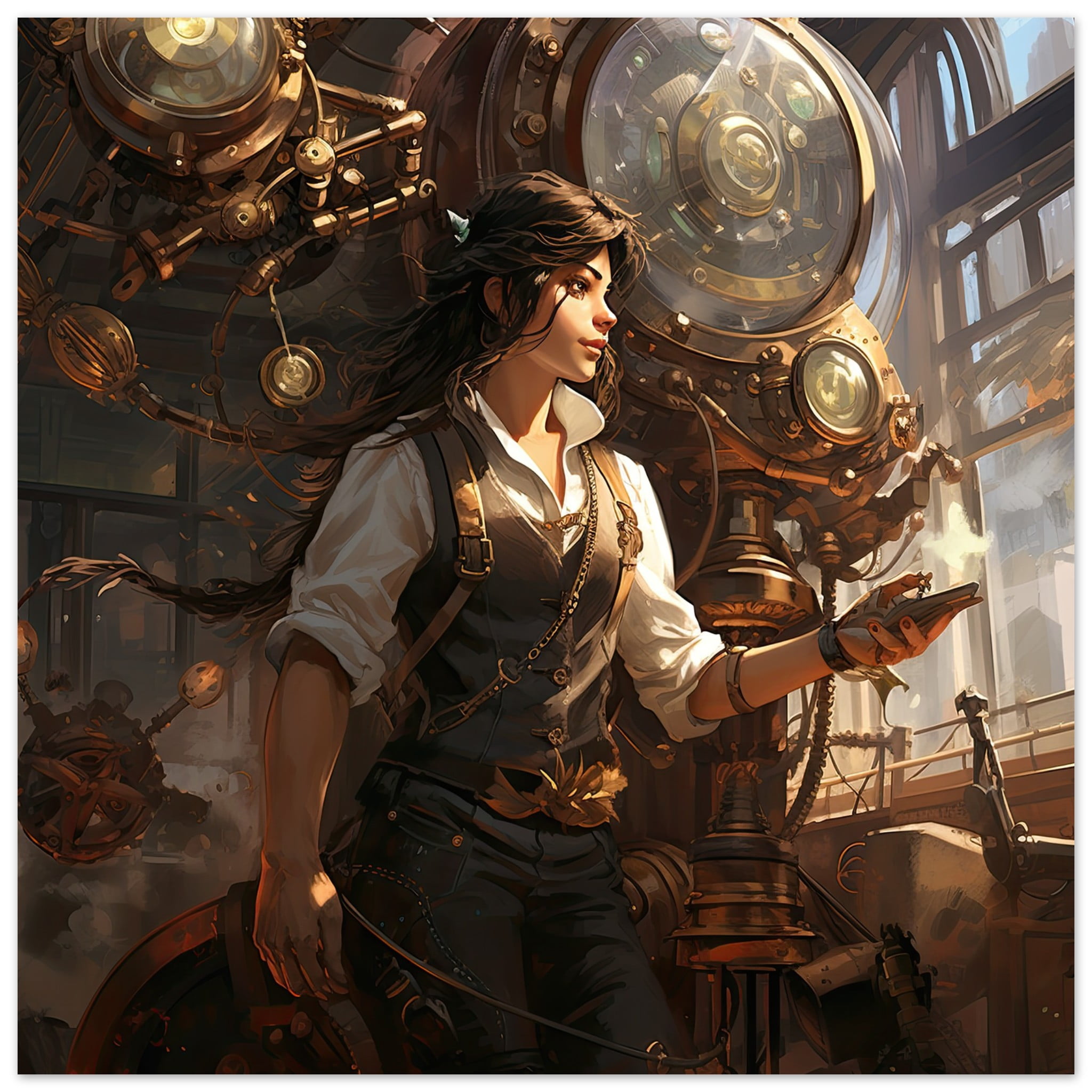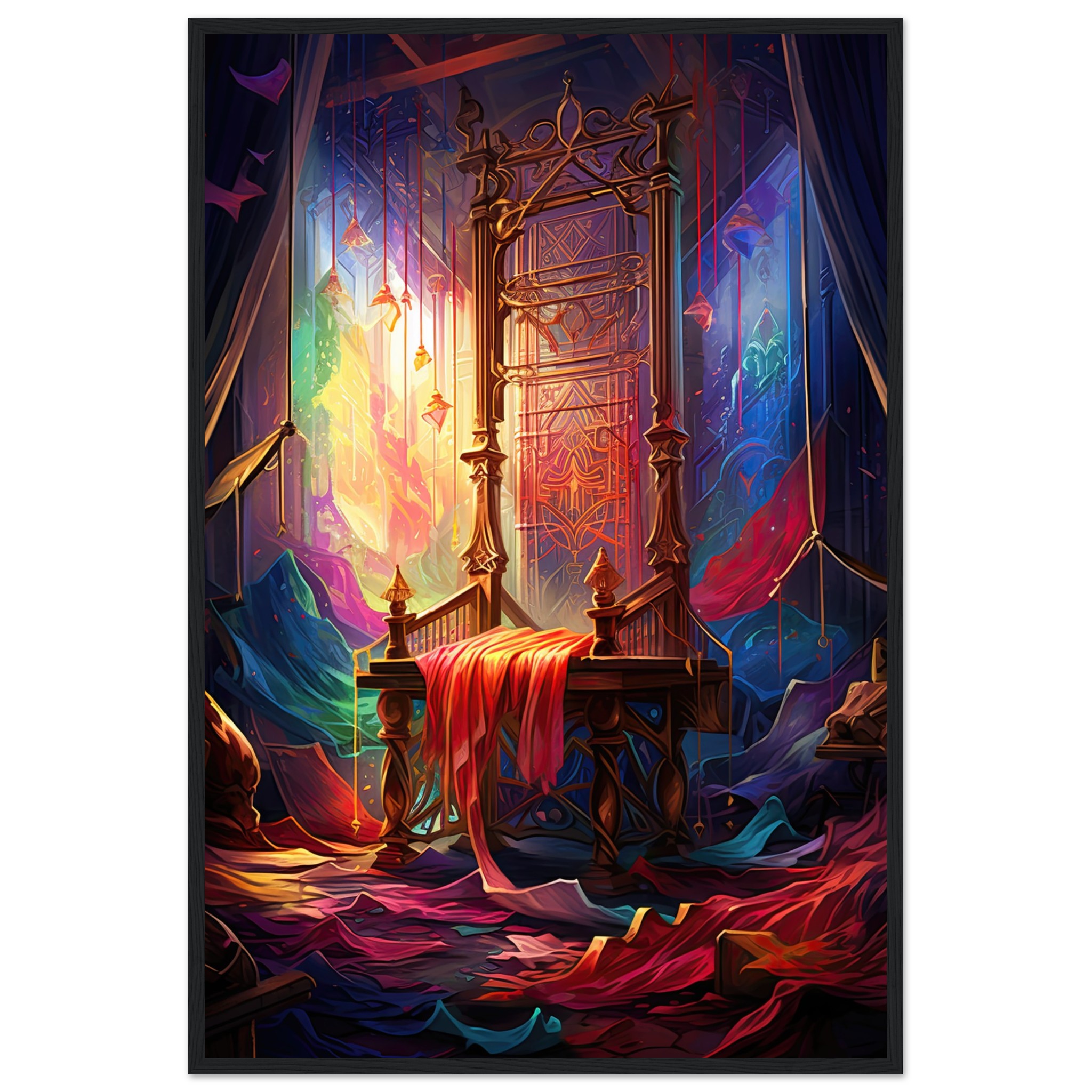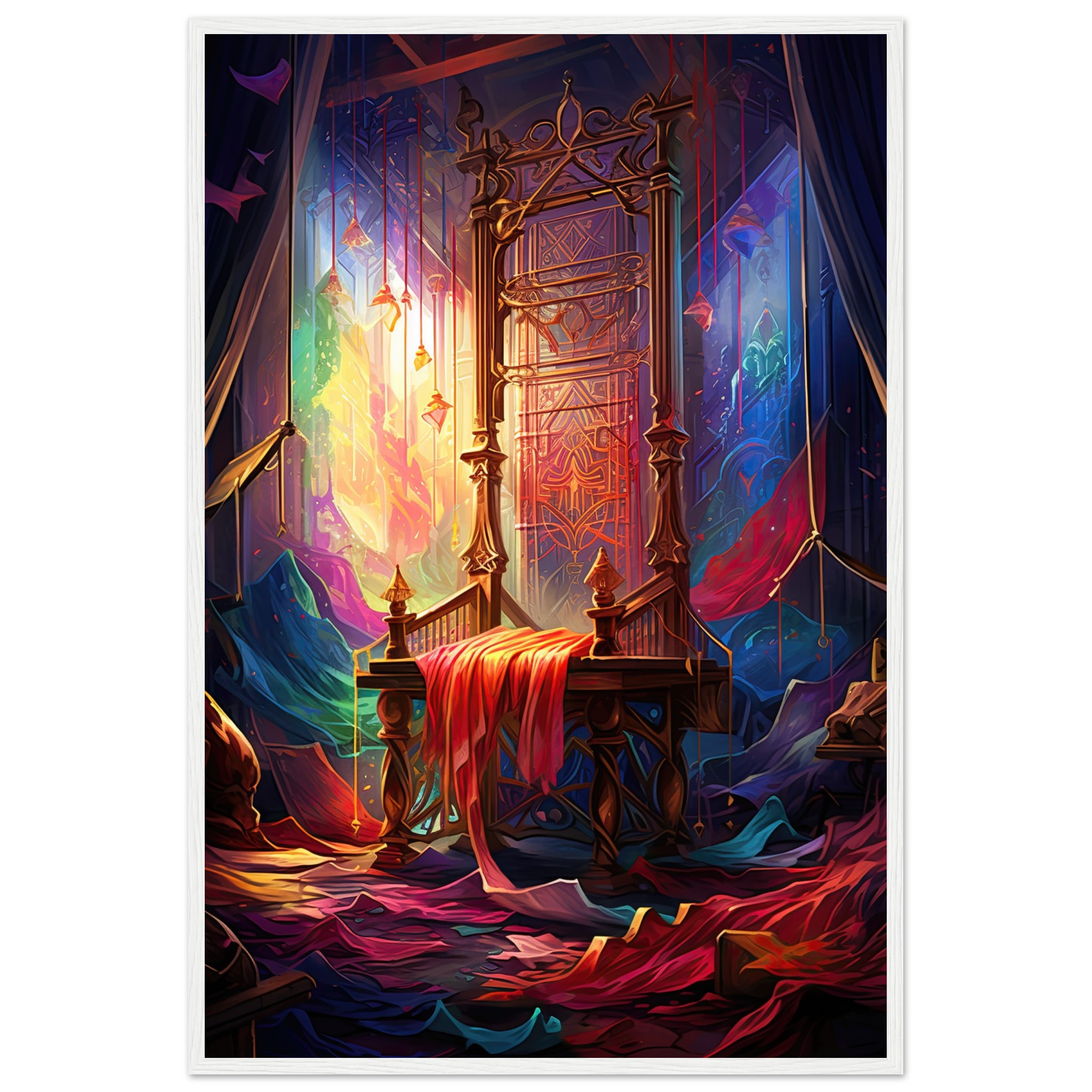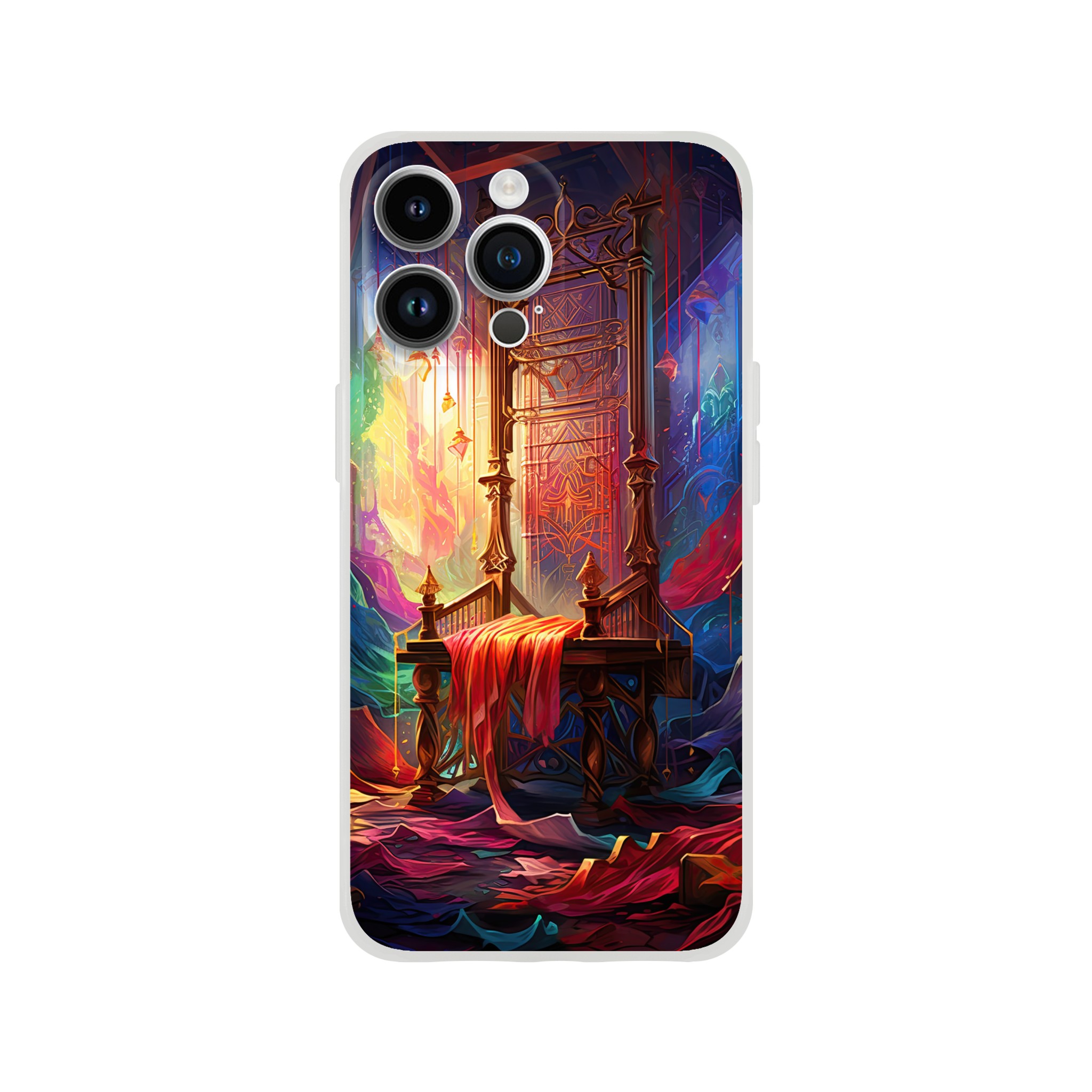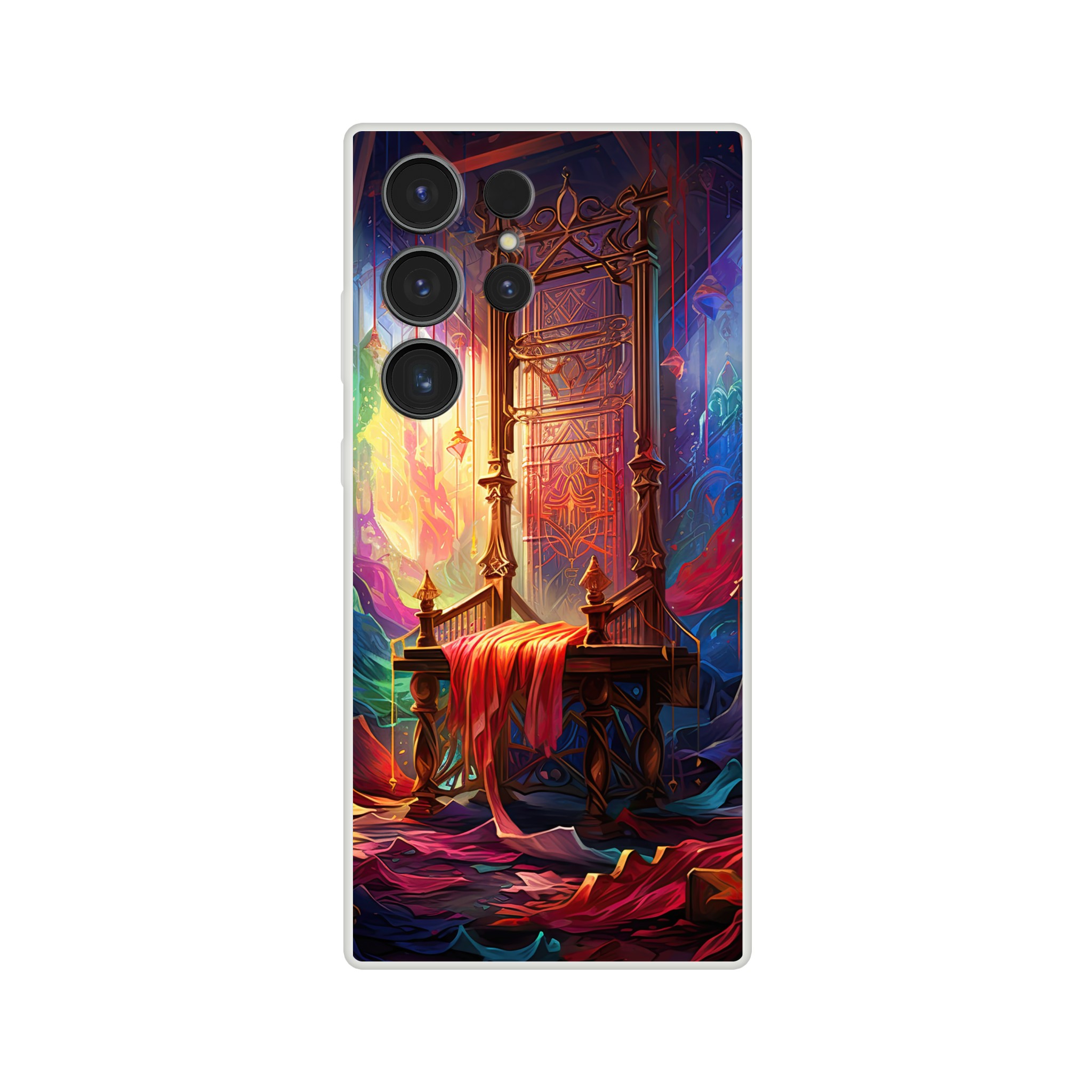1
Aug
Pixel Art: A Nostalgic Journey into the Digital World
Pixel art, a distinctive digital art form, has experienced a remarkable resurgence in recent years, captivating both seasoned gamers and a new generation of enthusiasts. Evoking nostalgia for the early days of gaming and computer graphics, pixel art harks back to a time when creativity thrived within the constraints of limited pixels and color palettes. In this article, we will embark on a nostalgic journey into the world of pixel art, exploring its history, techniques, and enduring charm in the contemporary art scene.
The Genesis of Pixel Art
The origins of pixel art can be traced back to the dawn of computer graphics in the late 1950s and early 1960s. Limited by the computing power of the time, early digital displays relied on tiny dots, or pixels, to form images. These pixels were manipulated to create simple yet compelling visuals on computer screens.
In the 1970s and 1980s, the advent of video game consoles and personal computers sparked a revolution in pixel art. Game developers and graphic designers embraced the pixel as their canvas, crafting memorable characters, landscapes, and objects. The constraints of the pixel grid encouraged innovation, leading to iconic characters like Mario, Pac-Man, and Space Invaders. As technology advanced, pixel art continued to evolve, creating a rich tapestry of artistry within the pixelated world.
The Charm of Limitations
One of the defining characteristics of pixel art lies in its limitations. Pixel artists work within a restricted canvas size and color palette, often with resolutions as low as 16×16 or 32×32 pixels. Despite these constraints, pixel art manages to convey intricate details and evoke emotions, proving that creativity can thrive even under restrictions.
Working with a limited number of pixels encourages artists to employ a range of techniques to maximize their expression. By strategically placing pixels, artists create the illusion of curves, textures, and shading. Pixel art’s essence lies in its simplicity, as each pixel plays a crucial role in the overall composition, becoming a building block for the final artwork.
The Techniques of Pixel Art
Pixel art requires meticulous attention to detail and a thorough understanding of the medium. Here are some key techniques that define the art form:
- Pixel Placement: Each pixel is carefully placed to create a clear and coherent image. Precision is vital, and artists often zoom in on their canvas to work on individual pixels.
- Dithering: Dithering is a technique used to create the illusion of additional colors and smooth transitions by alternating pixels of different colors.
- Anti-Aliasing: To achieve smoother edges and reduce the jagged appearance of diagonal lines, pixel artists use anti-aliasing, which adds intermediary colors around the edges.
- Palette Limitation: A limited color palette is fundamental to pixel art. Artists strategically choose colors that best represent their vision, making the most of the available options.
- Animation: Pixel art is not confined to static images. Animations in pixel art bring characters and scenes to life through frame-by-frame manipulation.
Pixel Art in Contemporary Culture
While pixel art has its roots in gaming and computer graphics, it has grown beyond its original boundaries. In recent years, pixel art has found a place in various artistic genres and platforms, including illustrations, animations, web design, and even fine art.
The revival of retro aesthetics and a yearning for nostalgic experiences have contributed to the renewed interest in pixel art. Indie game developers, in particular, have embraced pixel art as a way to evoke emotions, evoke nostalgia, and stand out in a saturated gaming industry.
Additionally, social media platforms and online art communities have fostered a thriving pixel art community, enabling artists to share their creations, collaborate, and gain recognition for their work.
The Role of Pixel Art in Gaming
Pixel art remains intrinsically tied to the gaming world, where it continues to thrive as a favored art style. While modern games boast impressive 3D graphics and lifelike animations, there is an enduring appeal to pixel art that transcends technological advancements.
Pixel art games often focus on gameplay, storytelling, and immersive experiences rather than relying solely on cutting-edge visuals. The charm of pixel art lies in its ability to spark players’ imaginations, leaving room for players to fill in the gaps with their creativity.
Pixel art stands as a testament to the power of simplicity, nostalgia, and creativity within constraints. Its enduring charm, deeply rooted in gaming and computer history, continues to resonate with a broad audience in the contemporary art scene.
As pixel art continues to evolve and find new applications, it reminds us that the essence of art lies not in the complexity of tools but in the ingenuity of the artist. Through the deliberate placement of each pixel, artists breathe life into digital canvases, transporting us back to the early days of gaming and computer graphics while forging a vibrant path towards the future.
So, let us celebrate the pixel art renaissance, where creativity flourishes within the confines of tiny squares, and nostalgia melds with cutting-edge expressions in a colorful digital tapestry.

